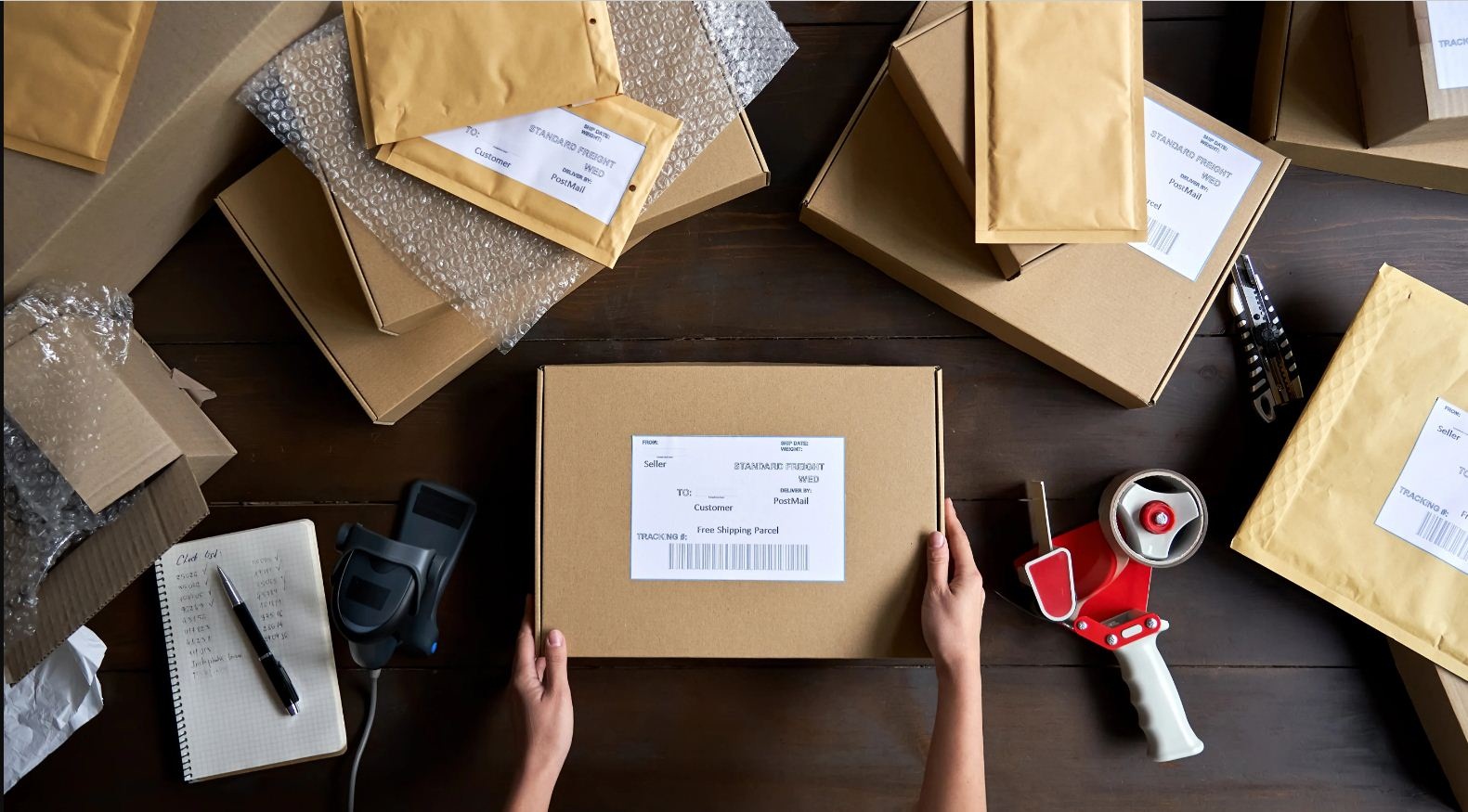

Articles
How To Pack Shipping Boxes
Modified: August 19, 2024
Learn how to efficiently pack shipping boxes for your home maintenance needs. Get tips and tricks on organizing and securing your items to ensure safe delivery.
(Many of the links in this article redirect to a specific reviewed product. Your purchase of these products through affiliate links helps to generate commission for Storables.com, at no extra cost. Learn more)
Introduction
When it comes to shipping items, ensuring they arrive safely and intact is of utmost importance. One key aspect of that is proper packing. Whether you are shipping personal belongings, products for your business, or gifts to loved ones, knowing how to pack shipping boxes correctly can make all the difference. In this guide, we will walk you through the essential steps to ensure your items are packed securely and protected during transit.
From selecting the right shipping boxes to labeling them appropriately, we will cover everything you need to know to become a packing pro. So, let’s dive in and get packing!
Key Takeaways:
- Selecting the right shipping boxes, gathering packing materials, and protecting fragile items are crucial steps in ensuring your items are securely packed for safe transit.
- Efficiently organizing and sealing the box with proper labeling are essential for maximizing space utilization and ensuring the safe and secure delivery of your items.
Read more: How To Pack Candles For Shipping
Step 1: Selecting the Right Shipping Boxes
Choosing the appropriate shipping boxes is crucial to ensure the safety of your items during transit. Here are some factors to consider when selecting the right boxes:
- Size: The size of the box should match the dimensions of the items you are shipping. It’s important to choose a box that is neither too big nor too small. A snug fit will prevent items from shifting around during transportation, reducing the risk of damage.
- Strength: Opt for sturdy and durable boxes made from corrugated cardboard. These boxes provide better protection and can withstand the rigors of shipping. Check the weight-bearing capacity of the boxes to make sure they can handle the weight of your items.
- Reusability: Consider using reusable boxes whenever possible. Not only is this eco-friendly, but it can also save you money in the long run. Look for boxes that are designed for multiple uses and are made from recycled materials.
- Specialty Boxes: For fragile or irregularly-shaped items, consider using specialty boxes. These boxes are designed specifically to accommodate delicate objects such as electronics, glassware, or artwork. They often come with additional padding or dividers to ensure maximum protection.
When it comes to selecting the right shipping boxes, it’s better to err on the side of caution and choose boxes that provide adequate protection for your items. Investing in high-quality boxes will give you peace of mind and help ensure that your goods reach their destination in perfect condition.
Step 2: Gathering Packing Materials
Once you have selected the right shipping boxes, the next step is to gather the necessary packing materials. Here are some essential packing materials you will need:
- Packing Tape: Choose a high-quality packing tape that is strong and durable. This will be used to seal the boxes securely and prevent them from opening during transit.
- Bubble Wrap: Bubble wrap is a versatile packing material that provides excellent cushioning and protection. Use it to wrap fragile items such as glassware, ceramics, or electronics.
- Packing Peanuts: These lightweight foam peanuts are ideal for filling empty spaces inside the box, providing additional cushioning and preventing items from shifting during shipping.
- Packing Paper: Use packing paper to wrap delicate items or fill empty spaces to ensure a snug fit inside the box. Avoid using newspaper, as the ink can transfer onto your items.
- Box Cutter or Scissors: These tools will come in handy when you need to cut packing tape, trim bubble wrap, or open boxes upon arrival.
- Marker or Labels: Having a marker or labels is essential for clearly labeling the boxes with important information such as the contents, destination address, and any handling instructions.
By gathering these packing materials in advance, you will be well-prepared to safely pack your items. Keep in mind that the quantity of materials you need will depend on the number of items you are shipping and their sizes.
Remember, it’s always better to have more packing materials than you think you’ll need. It’s far easier to have extra materials on hand and not use them all, rather than running out in the middle of packing and having to scramble for more supplies.
Step 3: Protecting Fragile Items
When shipping delicate or fragile items, it’s crucial to take extra precautions to ensure their safety during transit. Here’s how you can protect your fragile items:
- Wrap Each Item Individually: Begin by wrapping each fragile item individually before placing it in the shipping box. Use bubble wrap or packing paper to provide a layer of cushioning. For extra protection, consider double wrapping the items or using specialty packaging materials designed for fragile objects.
- Separate and Secure: To prevent any direct contact between fragile items, place a layer of packing peanuts or crumpled packing paper in the bottom of the box. This will act as a buffer and help absorb any shocks or vibrations during transit. Furthermore, make sure to separate each item with additional layers of cushioning materials.
- Fill Empty Spaces: Fill any remaining empty spaces in the box with packing peanuts, bubble wrap, or crumpled packing paper. This will help prevent items from shifting or moving around during transportation. Be generous with the amount of cushioning material used to ensure a snug fit.
- Label Fragile: Clearly mark the box as “Fragile” using a bold and noticeable label. This will alert the handlers to exercise extra care when handling the package. You can also use arrows or pictograms to indicate which side should be kept upright to avoid any damage.
By taking these precautions, you will provide an additional layer of protection for your fragile items and minimize the risk of damage during shipping. Remember that fragile items require special attention, so avoid rushing through this step and focus on ensuring each item is adequately protected.
Step 4: Wrapping and Securing Items
Properly wrapping and securing your items inside the shipping box is essential to prevent damage during transit. Follow these steps to ensure your items are securely packed:
- Wrap Individually: Wrap each item in bubble wrap or packing paper before placing it in the box. This will provide an added layer of protection against any impacts or jostling that may occur during shipping.
- Stacking Order: Place heavier items at the bottom of the box and lighter items on top. This will help distribute the weight evenly and minimize the risk of the items shifting or crushing each other during transportation.
- Secure with Sealing Tape: Once you have placed your items inside the box, use high-quality packing tape to seal all openings. Start by taping the bottom flaps of the box securely, ensuring there are no gaps. Then, reinforce the sides and top of the box with additional tape for added strength.
- Reinforce with Corner Protectors: If you are shipping items with delicate corners, consider using corner protectors. These can be placed on the corners of the item to provide extra support and prevent damage.
- Use Box Inserts: For items that require additional stability, such as bottles or vases, consider using box inserts. These inserts can hold the item securely in place and prevent any movement or breakage.
By wrapping each item individually, stacking them strategically, and securing the box with tape and reinforcements, you will greatly reduce the risk of damage during shipping. Take your time to ensure each item is properly wrapped and secured, paying attention to fragile or valuable items that may require extra care.
When packing shipping boxes, start with heavier items on the bottom and lighter items on top. Use bubble wrap or packing peanuts to fill any empty spaces and prevent items from shifting during transit.
Read more: How To Pack Rugs For Shipping
Step 5: Organizing Items in the Box
Efficiently organizing the items inside the shipping box is crucial to maximize space utilization and ensure all items are properly protected. Follow these guidelines to organize your items effectively:
- Heavier Items at the Bottom: Place heavier and sturdier items at the bottom of the box to provide a stable base. This will help prevent the box from toppling over and protect more delicate items placed on top.
- Fill Gaps: Fill any empty spaces or gaps between items with packing peanuts, bubble wrap, or crumpled packing paper. This will minimize movement and keep the items secure during transit.
- Layering Technique: Utilize a layering technique when packing multiple items. Start with a layer of cushioning material at the bottom, place the first layer of items, add another layer of cushioning, and continue stacking the items in alternating layers of padding. Make sure each item is separated and protected to avoid any friction or damage.
- Balance the Weight: Distribute the weight evenly throughout the box to maintain balance. Avoid placing all the heavy items on one side, as this can cause the box to become unbalanced and increase the risk of damage during shipping.
- Consider Fragile Items: If you have fragile items, make sure to protect them adequately and place them in a central or less exposed position within the box. Surrounding them with cushioning materials will provide an additional layer of protection.
By carefully organizing the items inside the shipping box, you can maximize space utilization, minimize movement, and ensure the safety of your items. Take the time to arrange the items strategically, paying attention to weight distribution and providing sufficient padding to protect fragile items.
Step 6: Sealing the Box
Sealing the shipping box securely is crucial to prevent any accidental openings during transit. Follow these steps to ensure your box is properly sealed:
- Use Sturdy Packing Tape: Use a high-quality packing tape that is wide and strong. Avoid using regular household tape or thin tape, as they may not provide sufficient adhesion and strength.
- Double Tape the Bottom Flaps: Start by folding down the bottom flaps of the box and secure them with a strip of packing tape. Make sure the tape overlaps the flaps and extends onto the sides of the box for added reinforcement.
- Tape Along All the Edges: Run strips of packing tape along all the vertical edges and corners of the box, covering the seams where the flaps meet. This will strengthen the box and prevent it from opening during transit.
- Apply additional Tape on the Top Flap: Fold down the top flap of the box and seal it with multiple strips of packing tape. Apply the tape in both directions, creating an “X” shape for extra security.
- Secure All Openings: Check all sides of the box to ensure there are no open gaps or flaps. If any openings are found, reinforce them with additional strips of packing tape.
It’s important to seal the box firmly but without excessive tension that could potentially damage the items inside. Make sure to press down firmly on the tape to ensure it adheres to the box properly.
Remember, the goal is to create a secure and tamper-proof seal that can withstand the rigors of shipping and protect the contents of the box.
Step 7: Labeling the Box
Properly labeling the shipping box is essential for efficient handling and delivery. Follow these guidelines to ensure your box is accurately labeled:
- Recipient Information: Clearly write or affix a label with the recipient’s name, complete address, including the correct postal code or ZIP code. This information should be placed on the top of the box and should be large and legible.
- Your Information: Include your return address and contact information on the box. This is essential in case the package needs to be returned or if there are any delivery issues.
- Special Handling Instructions: If there are any special handling instructions, such as “Fragile,” “This Side Up,” or “Do Not Stack,” make sure to clearly indicate them on the box. This will alert the handlers to take extra care with the package during transit.
- Barcodes and Tracking Numbers: If provided with a barcode or tracking number by the shipping carrier, affix it securely to the box. This helps with tracking the package and ensures accurate delivery.
- Multiple Packages: If you are shipping multiple boxes as part of the same shipment, clearly mark them with appropriate numbered labels (e.g., “Box 1 of 3,” “Box 2 of 3,” etc.) to ensure they are handled and delivered together.
Make sure the label is securely attached to the box and cannot be easily damaged during transit. It’s recommended to use clear, weather-resistant packing tape or self-adhesive labels to ensure the label stays in place.
Take a final moment to review the label for accuracy and readability before sending off the package. Proper labeling will help ensure your package is delivered to the right location promptly and avoid any unnecessary delays or complications.
Conclusion
Properly packing shipping boxes is essential to ensure the safe and secure transit of your items. By following the steps outlined in this guide, you can confidently pack your boxes with the utmost care and protection.
Start by selecting the right shipping boxes that match the size and strength requirements of your items. Gather all the necessary packing materials, including tape, bubble wrap, packing peanuts, and packing paper, to provide cushioning and protection for your items.
When handling fragile items, take extra precautions by wrapping them individually and using additional layers of cushioning materials. Organize your items strategically in the box, distributing weight evenly and filling any empty spaces with packing materials to prevent movement.
Ensure that your box is well-sealed to prevent accidental openings during transit. Use strong packing tape and reinforce all openings to create a secure and tamper-proof seal. Finally, label the box with clear and legible recipient and return address information, including any special handling instructions or tracking numbers.
By following these steps, you can have peace of mind knowing that your items are packed securely and protected throughout their journey. Taking the time to properly pack shipping boxes will help ensure your packages arrive at their destination safely and in pristine condition.
Remember, careful packing is the first line of defense in protecting your items during shipping, so don’t rush the process. Invest the time and effort it takes to pack your items properly, and you’ll greatly increase the chances of a successful and damage-free delivery.
Frequently Asked Questions about How To Pack Shipping Boxes
Was this page helpful?
At Storables.com, we guarantee accurate and reliable information. Our content, validated by Expert Board Contributors, is crafted following stringent Editorial Policies. We're committed to providing you with well-researched, expert-backed insights for all your informational needs.
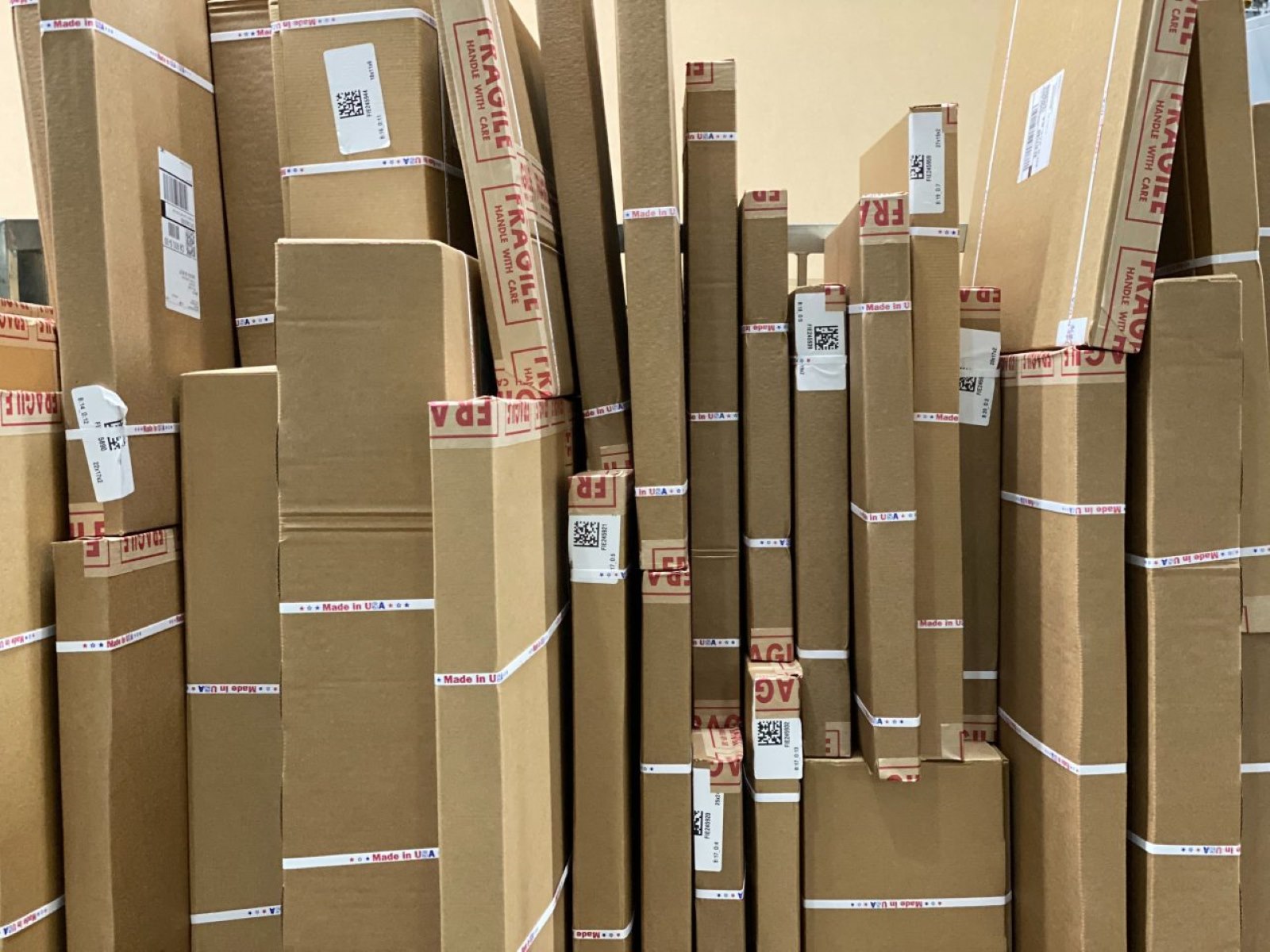

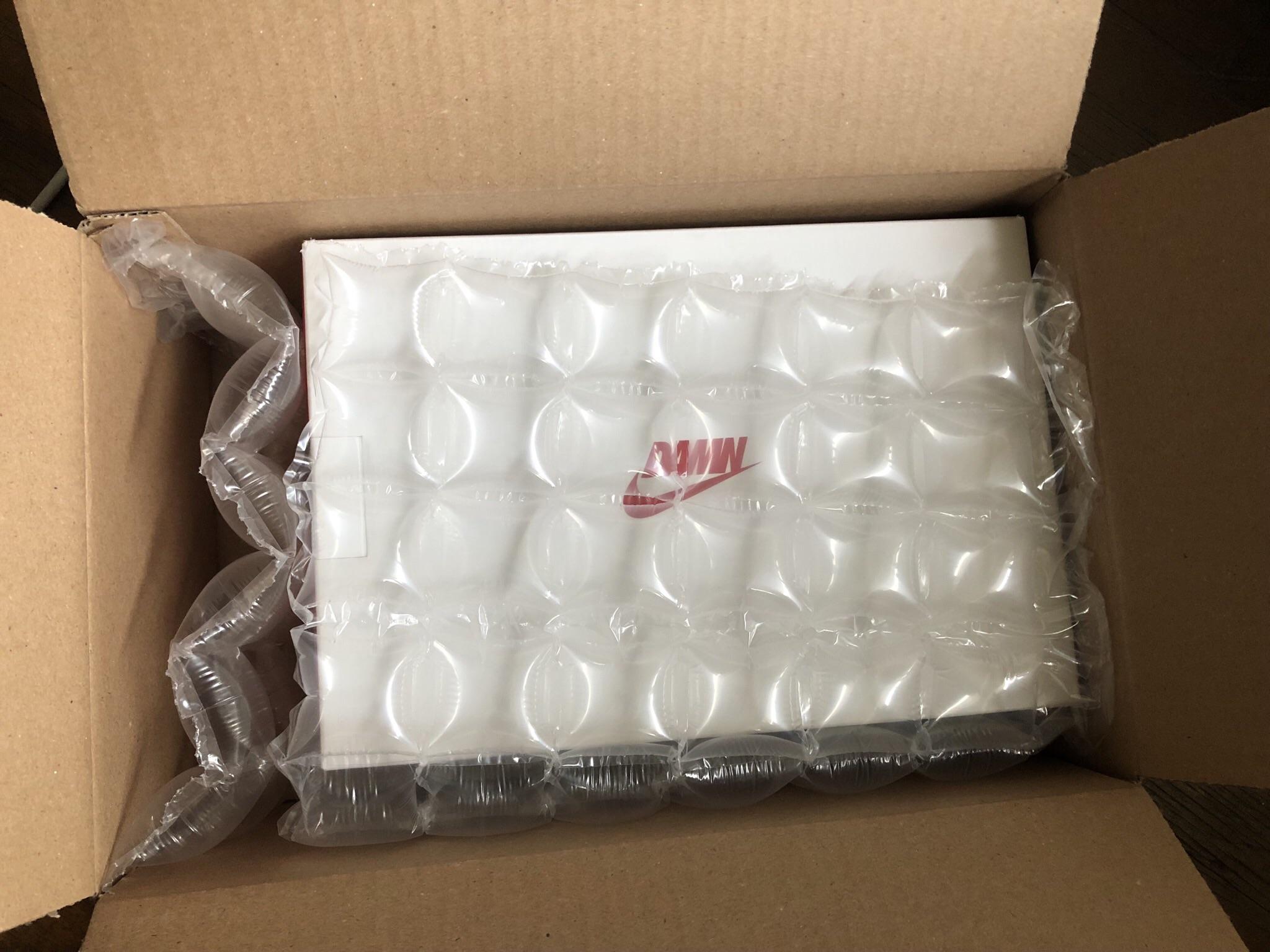
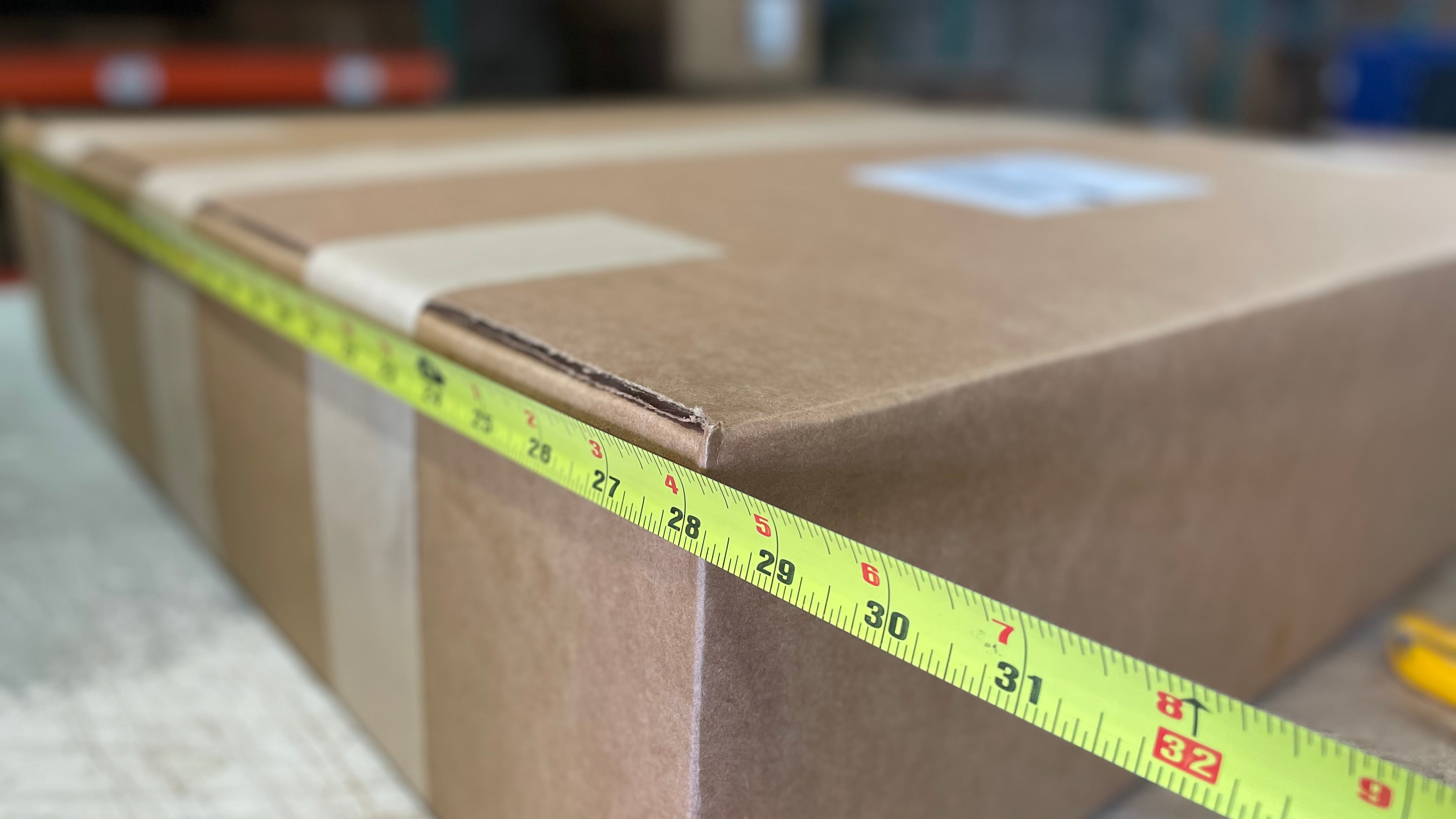
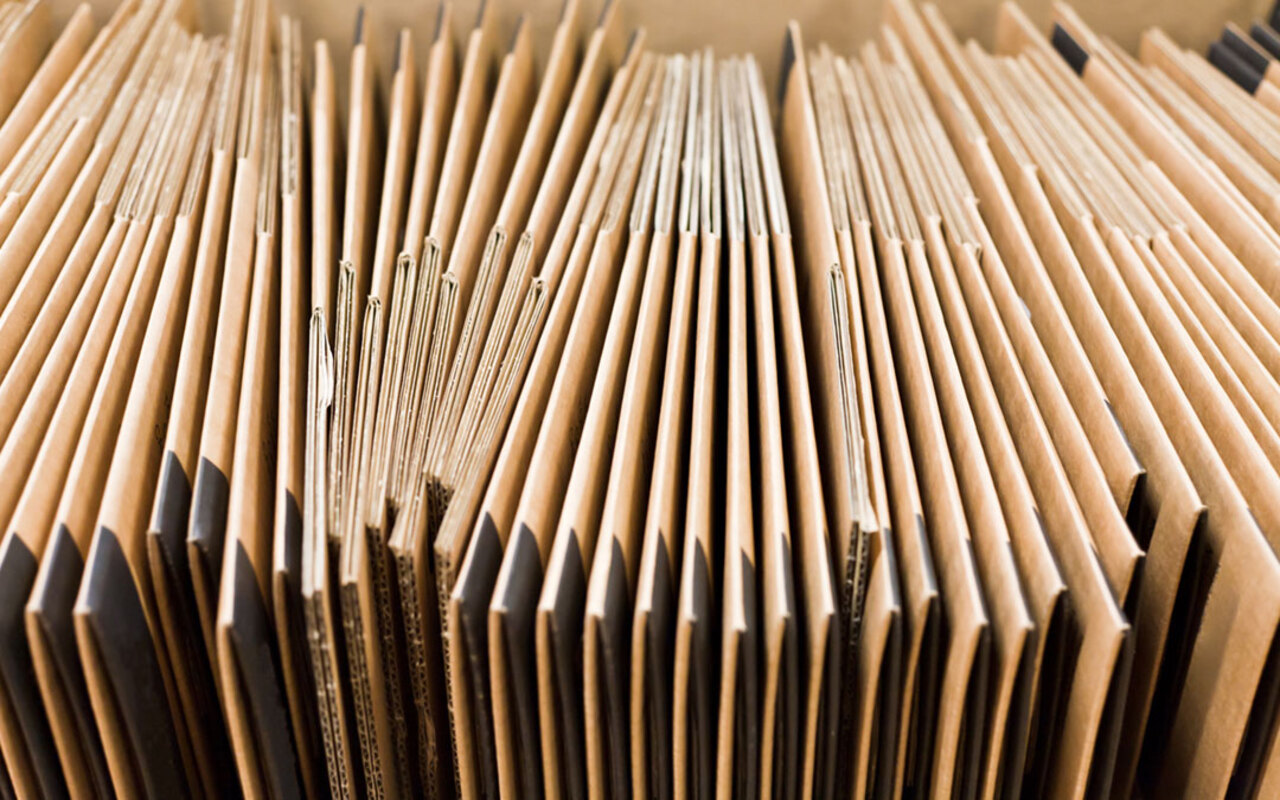
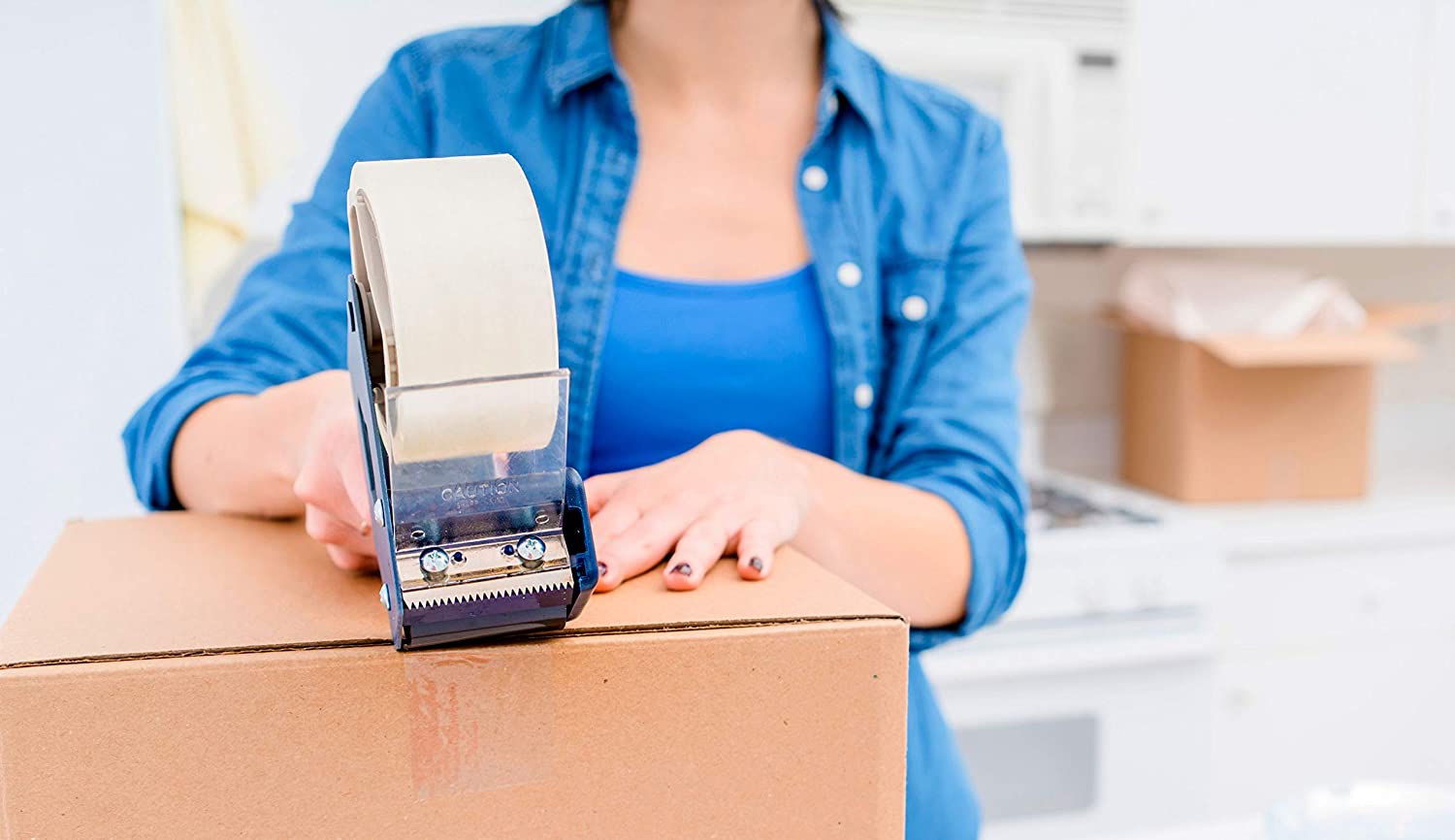
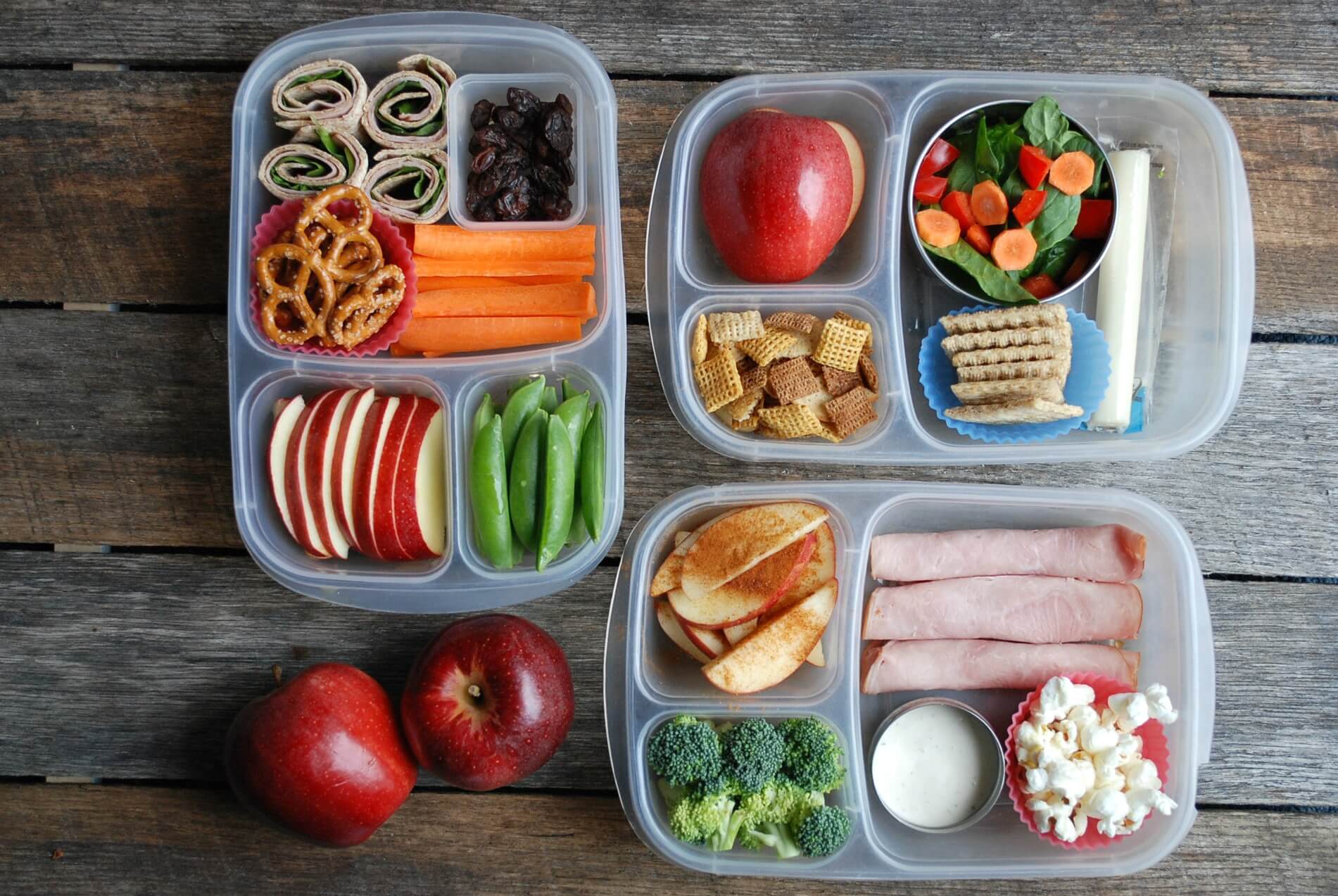
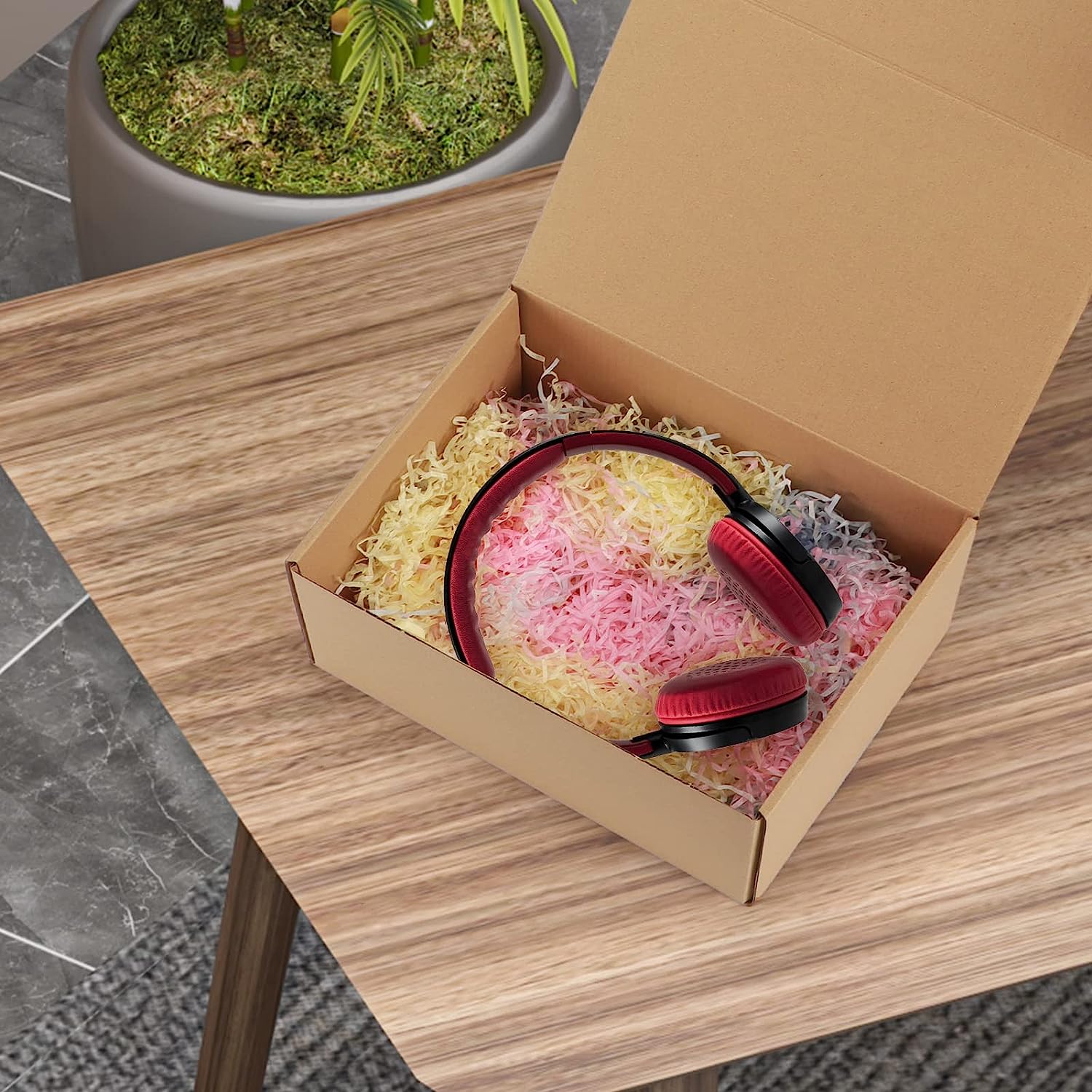
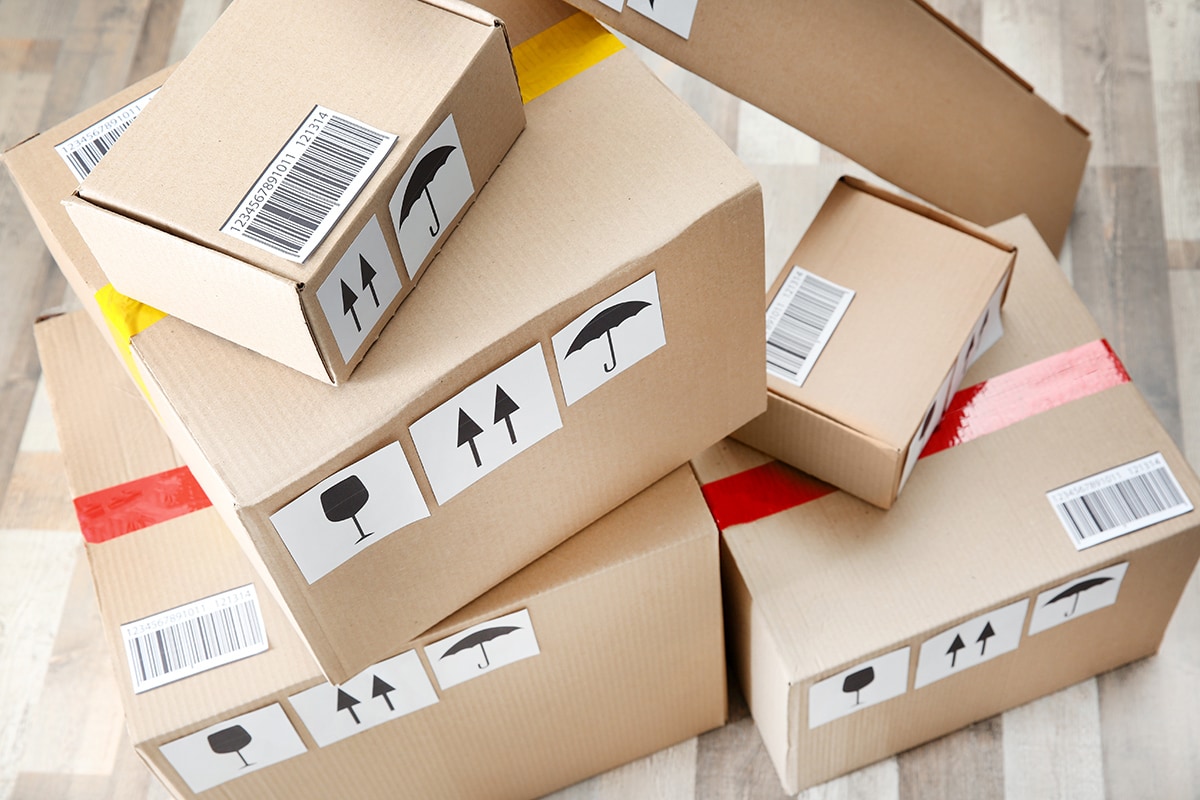
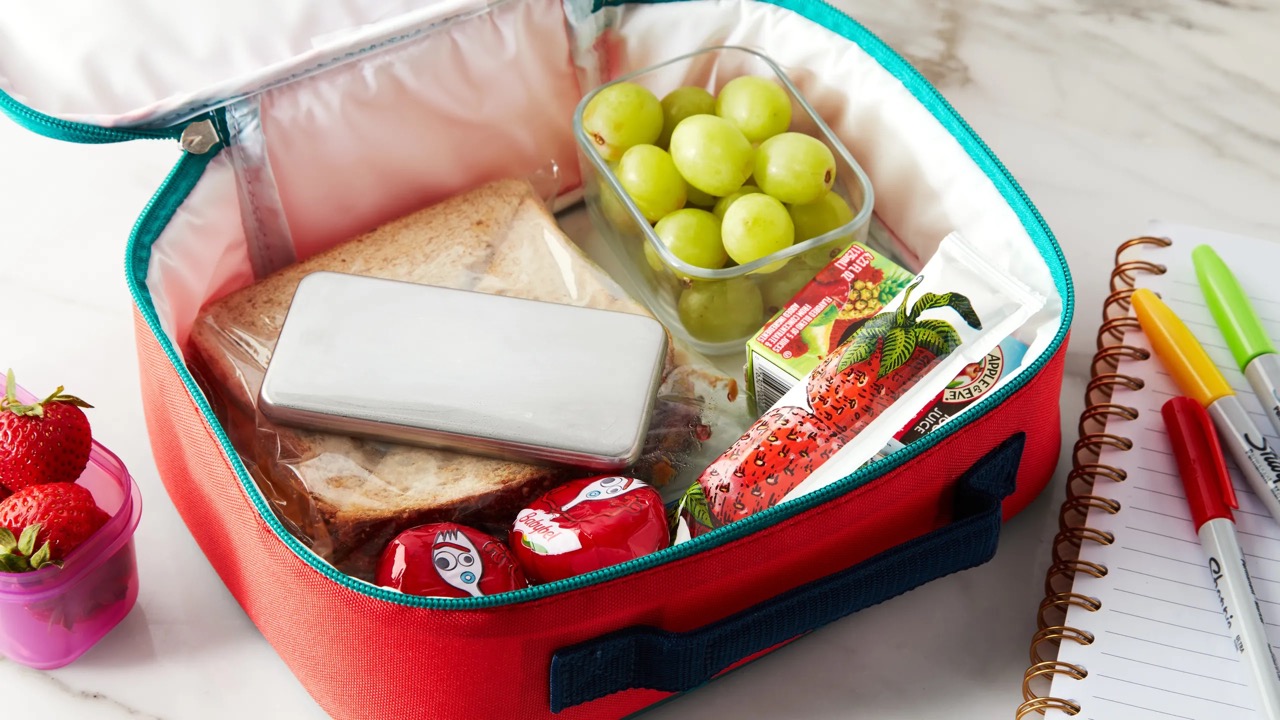
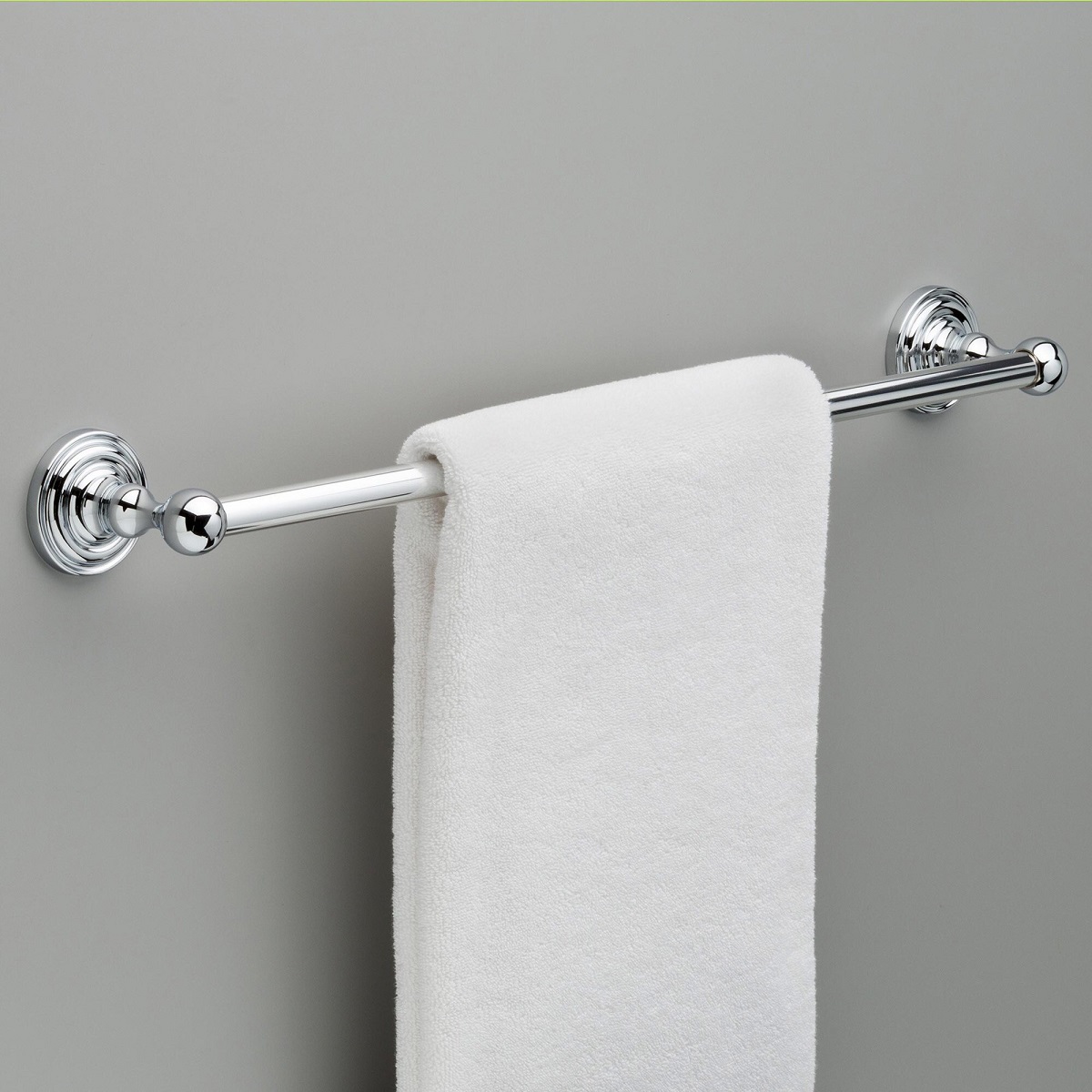
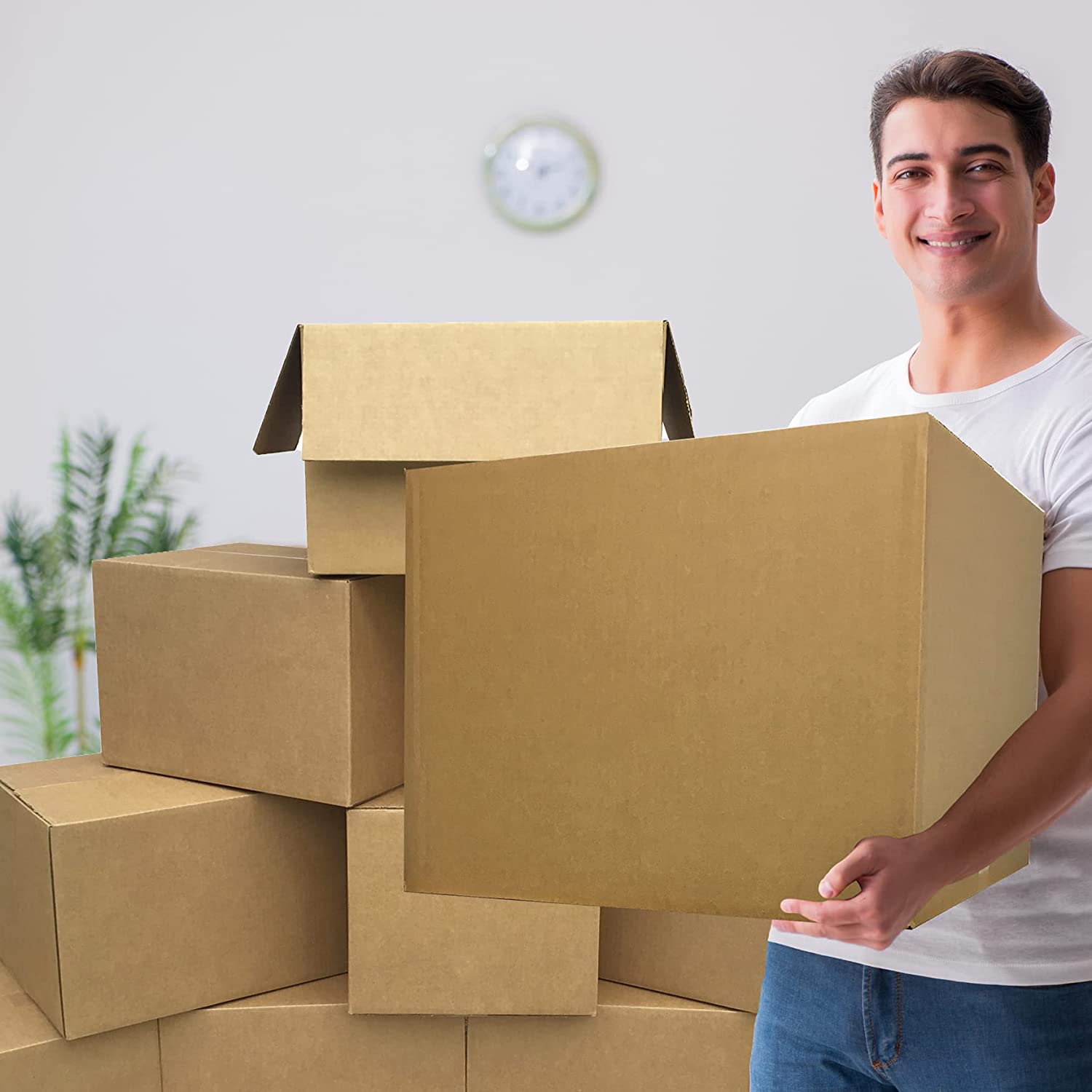
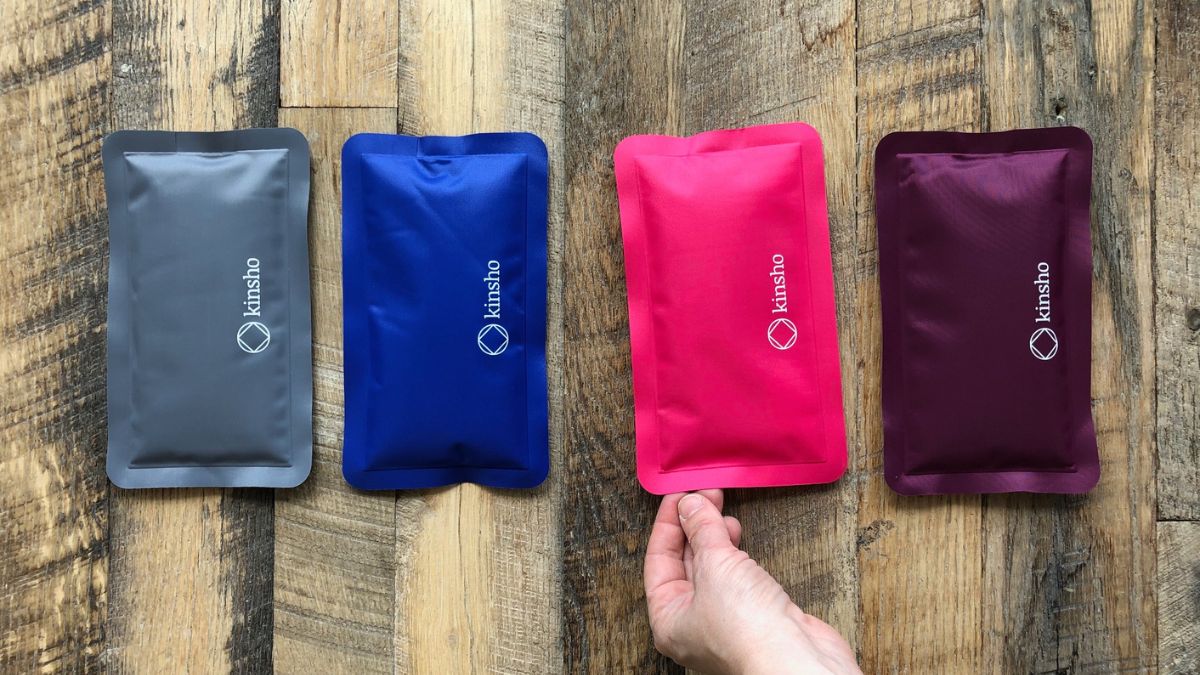
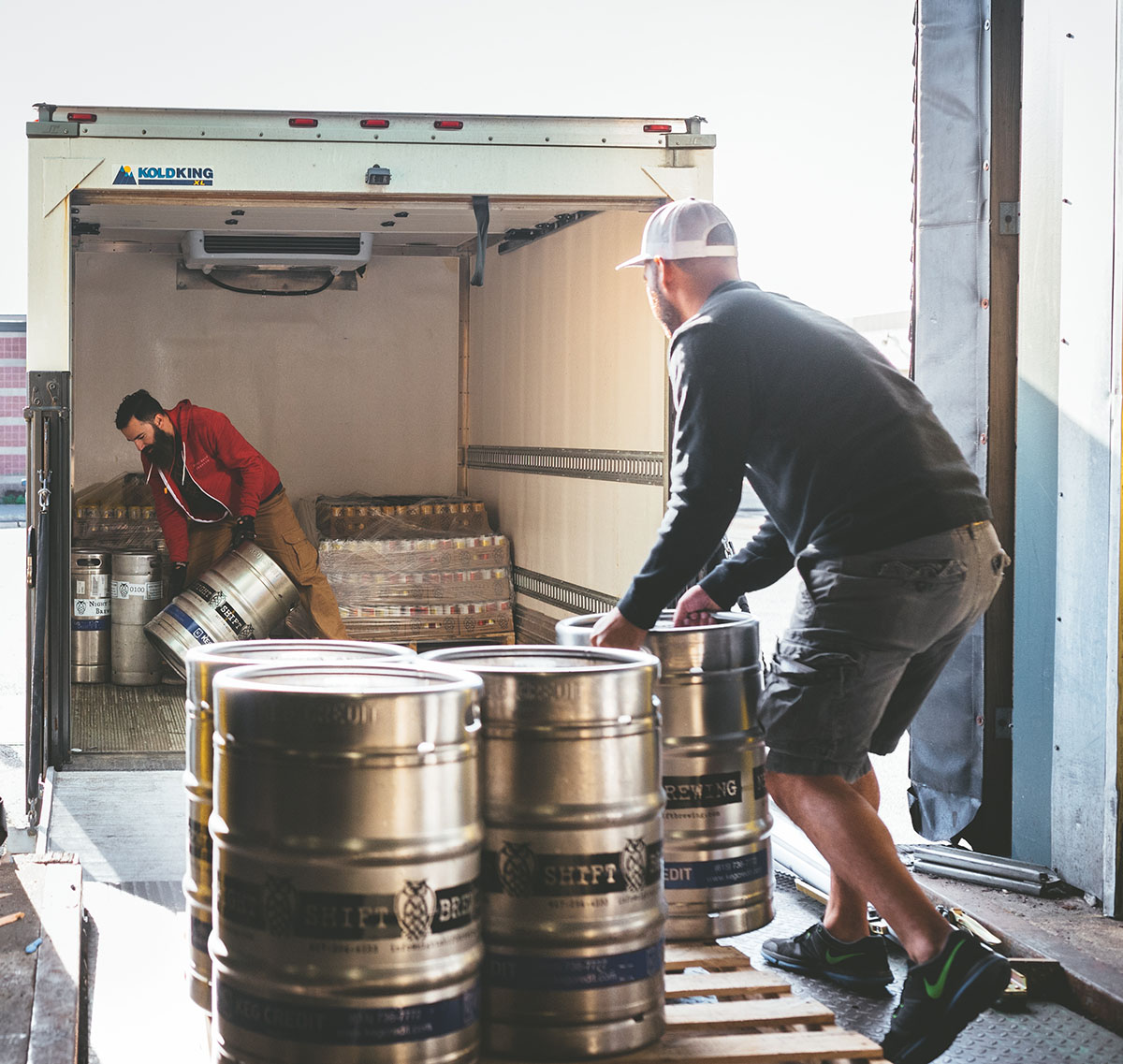

0 thoughts on “How To Pack Shipping Boxes”